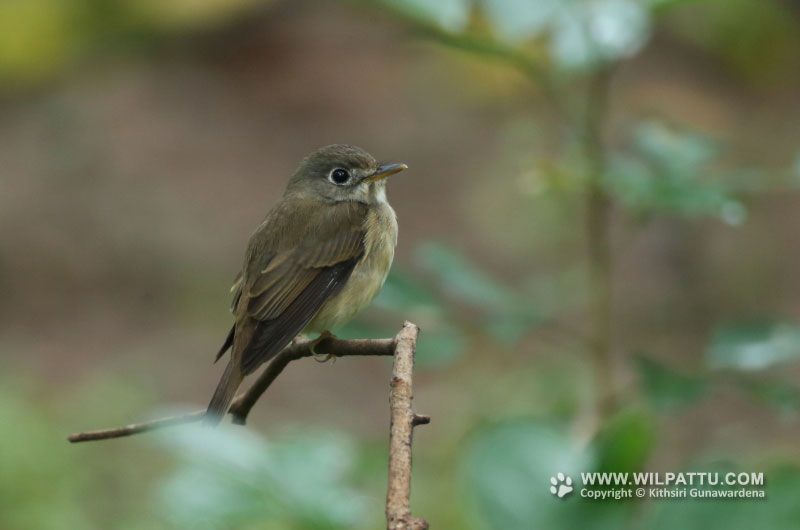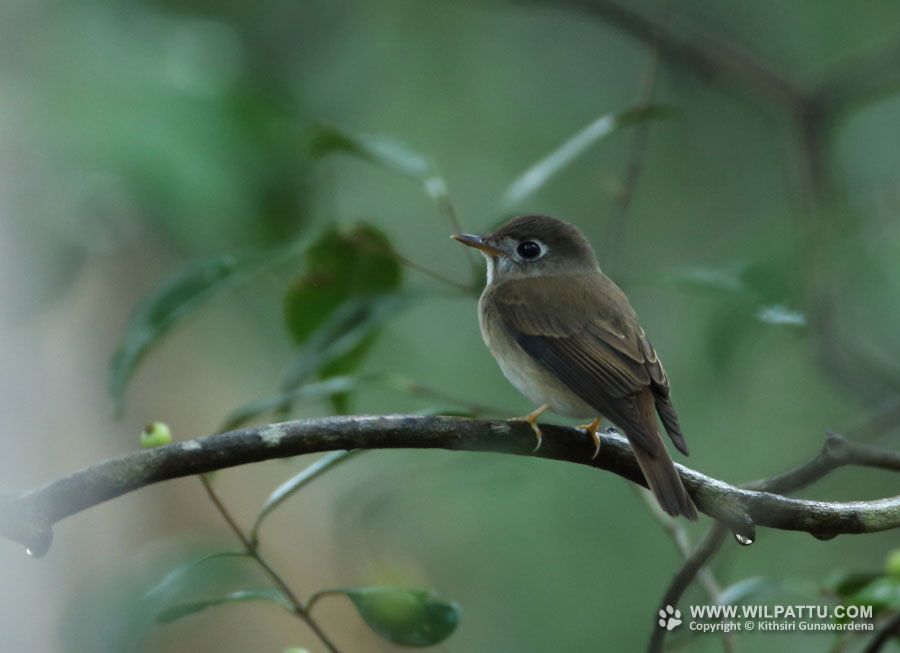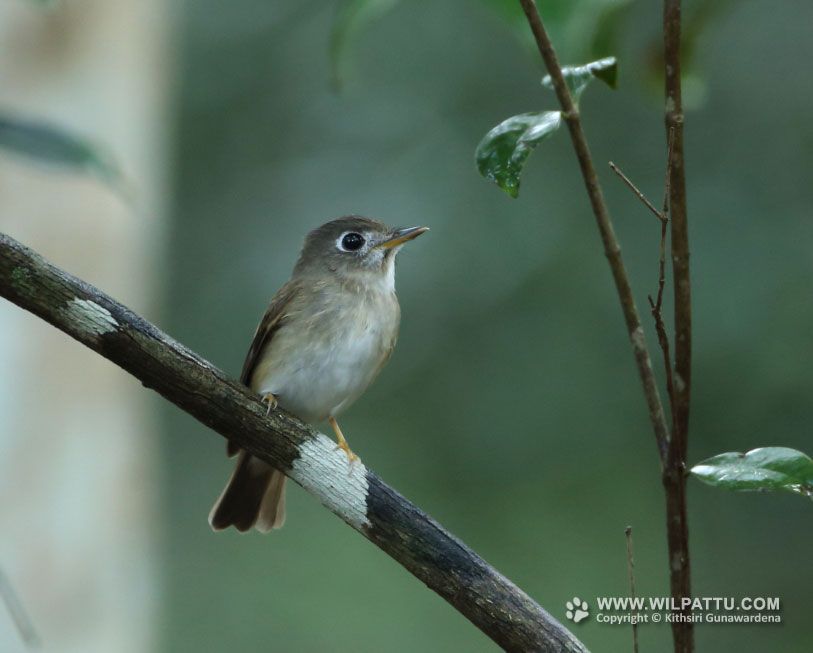
Birds ‹‹ Go Back
This is a common migrant species that can be seen in suitable habitat during the migrant season from the lowland forests up to about 2000 meters in the hills except in the extreme north. The Layars flycatcher breeds in north-eastern India, central and Southern China, northern Burma and Thailand. The entire population is known to winter in southern India and Sri Lanka.
The conservation status of this species is regarded as Least Concerned (IUCN Red List) and it is a species protected under the Fauna and Flora Protection Ordinance as amended by Act No. 22 of 2009.
I have always seen this species in localities associated with water in tall forests where there is plenty of shade. In such places it can be seen perched on branches or twigs few feet from the ground. I have found it to be more common in the wet zone than the dry zone. During the migrant season they can be seen even at locations close to Colombo such as such as Meethirigala, Bodinagala and Labugama Kalatuwawa.
It has a habit of making short flights and returning to the same perch or to a nearby perch over and over again. At Udawalawa and Yala National Parks it can be usually seen along the river. It is common in most wet zone forests and even in small fragmented forests. It is often overlooked and noticed when it makes short flights in pursuit of insects. The highest attitude at which I have seen it so far has been at 1820 meters in the Peak Wilderness. In February 1997 I observed one of these birds catch and swallow a small wet zone Kangaroo Lizard Otocryptis wiegmanni at Bodinagala. The lizard was almost the length of the bird but the little hunter picked it up skilfully and flew up on to a branch in one swift movement. The luckless prey was killed with a few dashes and swallowed, head first, without much difficulty. I have never seen this species in the Mannar Island or in the Jaffna Peninsula.
This is not a bird, which is easy to see at Wilpattu due to its small size and retiring behaviour. I have seen it in the forest patch just before Percy Bendi Wewa and close to Kuda Boralu Wala. This is a difficult bird to photograph in the park, as most location where it can be seen will be quite dark. However if you can arrive at a reasonable shutter speed it would usually stay still for long periods affording you to take a good photo.




